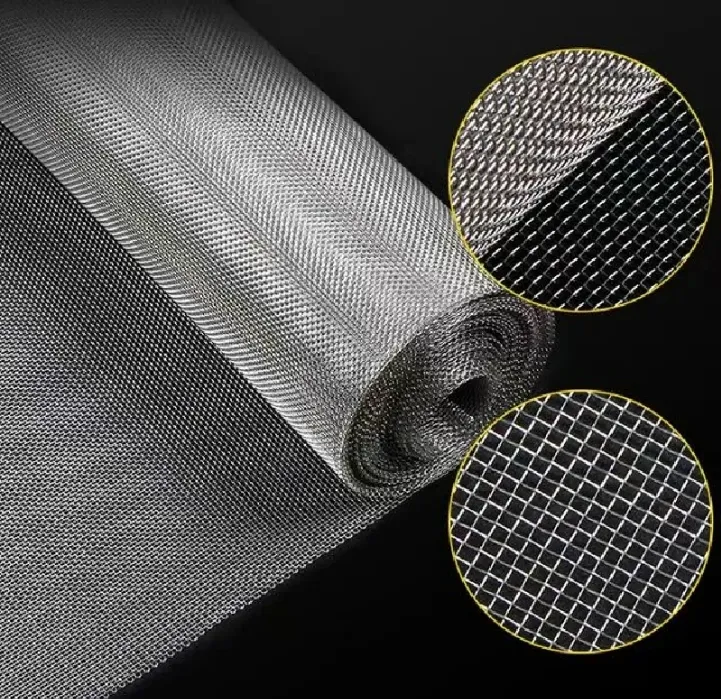Effectiveness of Antihail Nets in Reducing Hail Damage to Agricultural Crops and Property
Understanding Antihail Nets A Freer Approach to Protecting Agriculture
Farming is as much about managing risks as it is about cultivating crops. One of the most unpredictable challenges that farmers face is severe weather conditions, particularly hailstorms. Hail can devastate a farmer's hard work, causing severe damage to crops and leading to substantial economic losses. To mitigate this risk, innovative solutions have emerged, and one of the most effective methods is the use of antihail nets.
Antihail nets are specially designed nets that protect crops from hail damage. These nets are typically made of high-density polyethylene and are known for their durability and resilience. They are designed to create a protective barrier above the crops, allowing rain and sunlight to reach them while preventing hailstones from causing harm. The use of antihail nets has gained popularity globally, especially in regions prone to hailstorm events.
The Mechanism Behind Antihail Nets
Antihail nets work by intercepting hailstones before they reach the ground. When hail strikes the net, it disperses the energy of the impact. Instead of falling directly onto the crops, hailstones are caught in the mesh of the net, significantly reducing the force with which they land. The design of these nets ensures that even heavy hail can be mitigated, ultimately protecting the crops beneath.
The key benefits of antihail nets extend beyond mere hail protection. These nets can also reduce other forms of weather-related damage. For instance, they can provide shade during sudden, intense heatwaves, which can be detrimental to delicate crops. Additionally, antihail nets can help prevent damage from heavy rains that can wash away the topsoil or cause soil erosion.
Economic and Environmental Benefits
antihail net

Investing in antihail nets can have significant economic advantages for farmers
. While the initial cost of purchasing and installing the nets may seem high, the long-term savings resulting from reduced crop losses can outweigh these expenses. By safeguarding their crops, farmers can maintain consistent yields and ultimately increase their revenue.Moreover, antihail nets can be viewed as part of a sustainable agricultural practice. By minimizing the need for chemical crop protection strategies, these nets contribute to a healthier ecosystem. Farmers can reduce their reliance on chemical treatments typically used for post-hail damage assessment, which can often harm the environment and affect soil health.
Challenges and Considerations
Despite their numerous benefits, the use of antihail nets is not without challenges. Installation costs can be prohibitive for some, particularly small-scale farmers. Furthermore, the nets require regular maintenance to ensure their effectiveness. They must be checked for wear and tear, and any holes or tears need to be mended promptly.
Another consideration is the environmental impact of netting materials. While many antihail nets are made from recyclable materials, the manufacturing processes can still have a carbon footprint. Therefore, farmers and manufacturers must consider sourcing and production methods that minimize environmental impact.
Conclusion
Antihail nets represent a forward-thinking solution to one of agriculture's most unpredictable challenges hail damage. By understanding the mechanics, benefits, and considerations associated with these protective structures, farmers can make informed decisions that protect their crops and their livelihood. As climate change continues to increase the frequency of severe weather events, the adoption of innovative agricultural practices like antihail nets will become increasingly critical in safeguarding our food supply. Ultimately, the use of antihail nets is an investment in resilience, sustainability, and the future of agriculture.
-
Anti Hail Net | UV-Stable, High-Strength Orchard ShieldNewsNov.17,2025
-
Anti Bird Netting – UV-Stable, Durable, Humane ProtectionNewsNov.17,2025
-
Welded Wire - Durable, Rust-Resistant Mesh, Custom SizesNewsNov.17,2025
-
Garden Mesh Sun Shade – UV-Resistant, Durable, Custom SizesNewsNov.17,2025
-
Bird in Net Solution: Humane, UV-Resistant Bird NettingNewsNov.17,2025
-
Stainless Steel Filters: Durable, Washable, High-FlowNewsNov.10,2025












